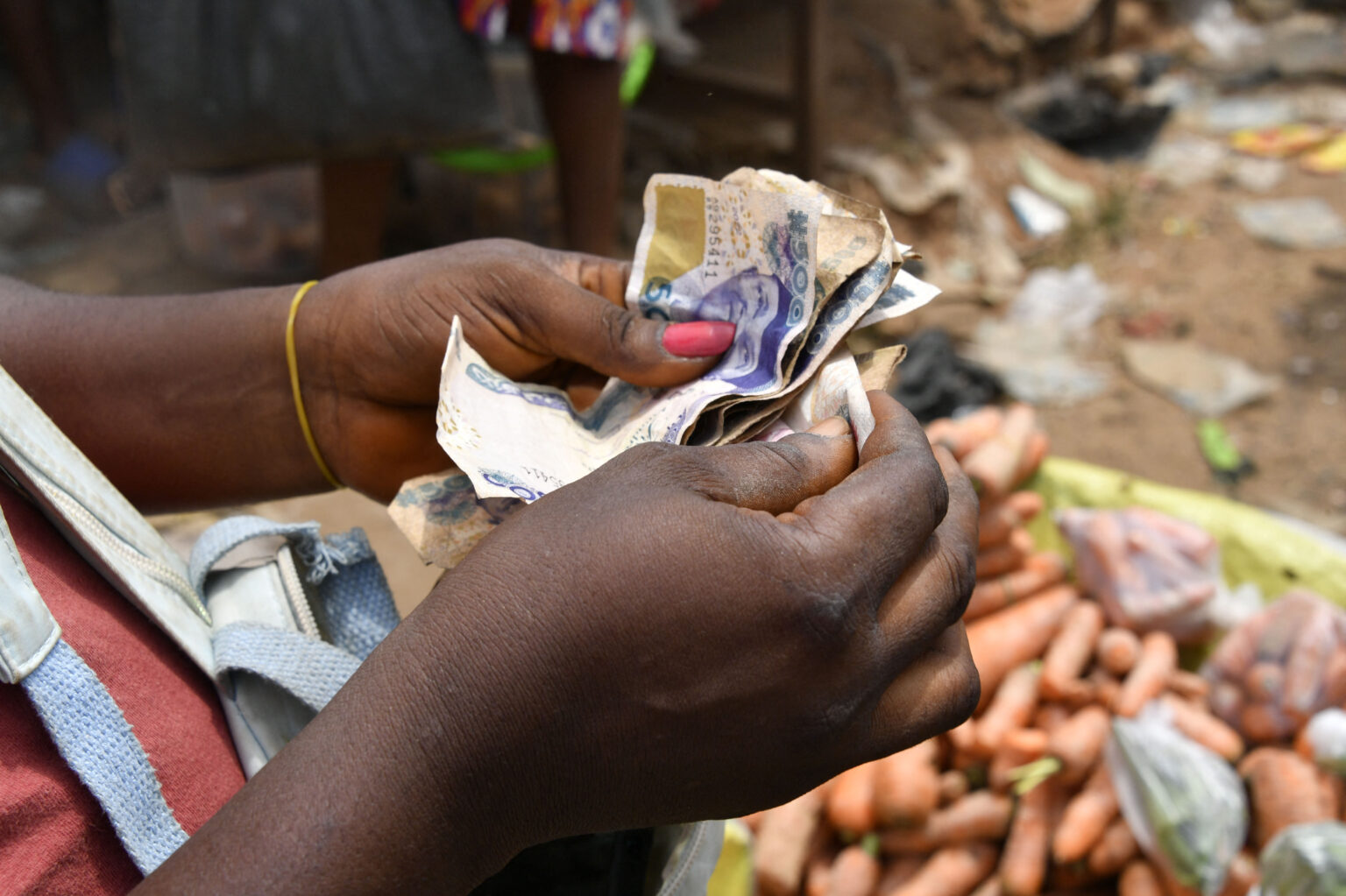- There is a debt crisis in Africa as countries struggle to repay international loans.
- According to the World Bank, nine African countries entered 2024 in debt distress, with another 15 at high risk of distress and 14 more categorised as moderate risk.
- According to the United Nations, Africa’s public debt will stay above pre-pandemic levels in 2024 and 2025.
At 4 per cent, Africa is projected to be the second fastest-growing economic region in the world in 2024, according to a report by the International Monetary Fund (IMF). However, behind the headline figure is a less optimistic reality.
Many African countries have suffered from slow post-COVID-19 recovery, climate change shocks, worsening food security situation, political instability, weak global growth, and high-interest rates. These economic shocks have pushed over 55 million people into poverty since 2020. The situation is increasingly alarming as more than half of the continent’s countries are in debt distress or on the brink of it.
According to the World Bank, nine African countries entered 2024 in debt distress, with another 15 at high risk of distress and 14 more categorised as moderate risk.
As of February 2024, Ethiopia, Ghana, and Zambia were the African countries that have defaulted on their foreign debt payments since 2020. Chad also sought to restructure its debt, reaching a debt an agreement with official creditors to preserve the sustainability of its debt in the event of a downturn in oil prices or another financing gap.
Africa’s fiscal deficit deteriorated to 4.6 per cent of GDP last year and is set to widen further to 5 per cent in 2024. According to the United Nations, Africa’s public debt will stay above pre-pandemic levels in 2024 and 2025. Moreover, many countries face debt distress while struggling to service international loans.
Elevated interest rates and dollar-denominated debt
Discussions on Africa’s debt situation will be prominent in 2024 as elevated interest rates and a stronger dollar make it more expensive for countries to service dollar-denominated debt, pushing several countries into further debt distress.
Moreover, the US Federal Reserve’s massive hike in interest rates since March 2022 has worsened the situation for African countries, whose debts are primarily denominated in dollars. The cost of servicing debt has increased, and their currencies’ dollar exchange rate has decreased.
The cost of servicing debt in Africa in 2024 is projected to rise to around $74 billion compared to $17 billion in 2010.
Governments’ appetite for external debts to support rapidly growing populations and modern infrastructure projects has resulted in the mounting debt crisis.
Implications of the Debt Crisis in Africa
As a result of the mounting debt crisis, African countries risk losing a decade-long development. For instance. Countries have been forced to cut on development in sectors such as education and healthcare funding to collect funds needed to repay debts.
Debt service now averages around 10.6 per cent of Africa’s GDP, compared to 6 per cent for health spending. If a country fails to service debt, increased borrowing costs will deter its ability to invest in crucial development projects.
Highly indebted African countries face stark trade-offs between servicing expensive debt, supporting high and growing development needs, and stabilising domestic currencies.
Government debt has risen in at least 40 African countries over the past decade. As a result, some are experiencing a combination of high debt and elevated development spending needs amid budget shortfalls and unfavourable exchange rate pressures.
Read Also: Debt and distress: Action time for Africa
Reforms in putting African debt in sustainable trajectory
Despite the debt burden ailing development in African economies, there is hope that the countries will include critical spending on education, health, infrastructure, and other high-quality growth-enhancing investments. As economic growth picks up, it will likely generate more government revenue for debt repayment.
More revenue also means allocating more spending to first-generation reforms, which are structural reforms that alleviate significant growth constraints. For example, long-standing reforms in governance remain critical in African countries, which generally lag behind countries in other regions on various measures of governance quality, such as the rule of law, fighting corruption, and government accountability.
Furthermore, countries need to fix their revenue collection challenges. While growth expands economies and generates additional revenue, low levels of domestic revenue collection hinder governments’ ability to repay debt and fund vital social and economic growth sectors.
Across Africa, several countries, including South Africa, Nigeria, Ghana, Zambia, Kenya, and Ethiopia, have mobilised efforts to spur revenue collection gains. These include new levies, higher taxes, registering more shops on the tax roll, broadening tax bases, strengthening tax administration, and other revenue-enhancing measures.
Moreover, governments need to restructure their debt portfolios. When a debt crisis cannot be avoided, restructuring debt can reduce the amount owed to creditors by revising the amount and timing of future principal and interest payments.
Debt restructuring is designed to support low-income and developing countries with unsustainable debt. For instance, Chad, Ghana Zambia, and Ethiopia have previously sought debt restructuring negotiations under the G20 Common Framework.
Conclusion
Without better methods for restructuring debt-distressed in African countries, the continent will grapple with servicing their commitments and will stop investing in the future. The resulting damage would have significant implications on development projects, and the fight against climate change, poverty, poor education, and poor living standards will be brutal.
African governments must partner with international lenders to sustainably manage debt and promote economic growth amid the continent’s escalating crisis. Dealing with an unfeasible debt burden will be better and cost less than dealing with unsustainable environmental burdens later.
A more holistic and integrated approach is required to address the challenges of external debt faced by developing countries, particularly in Africa. Such an approach should consider the issue of over-indebtedness while also addressing climate protection, the most pressing issue of the 21st century.
A promising solution to these challenges could be a new debt reduction initiative focused on climate action. For instance, linking debt reduction with investments in climate adaptation and mitigation projects is becoming popular daily.
With immense potential in the carbon credit market, selling carbon offsets could help African countries acquire revenue that will help ease their debt burden and create a sustainable path to debt relief.




